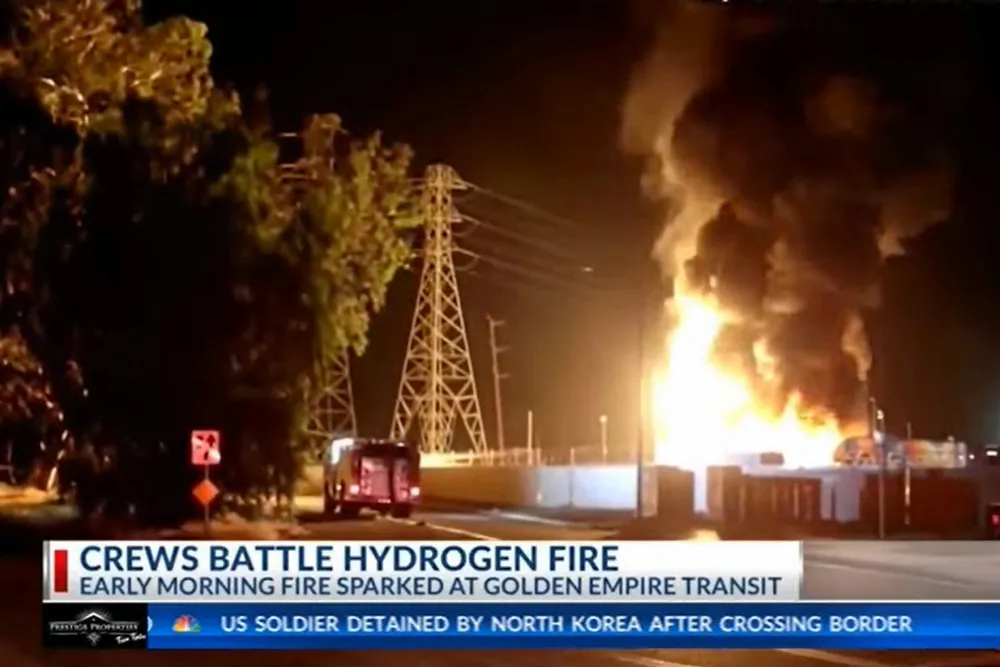EXCLUSIVE | Confusion reigns as California transport firm retracts statement about last week's hydrogen bus fire
Golden Empire Transit had claimed that ‘explosions were heard and seen from the [H2] tanks’, but now says this had been ‘merely speculation’
